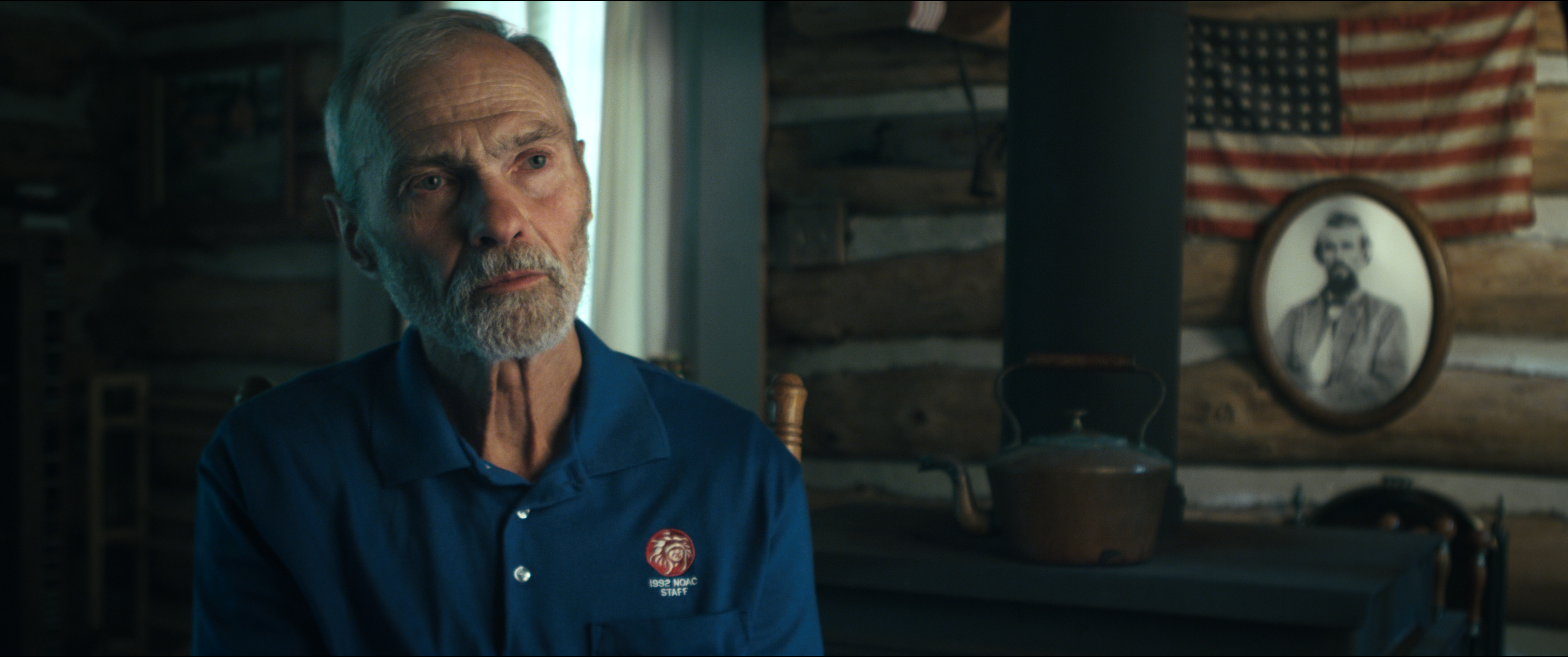
Bill Binney - crypto-mathematician, code-breaker, traffic analyst. Former Technical Director of the US National Security Agency (NSA). In the 1970s, Binney single-handedly hacked the Soviet Union's command & control system, based on metadata analysis. In the 1990s he was the mastermind behind a revolutionary targeted surveillance tool code-named ThinThread which managed to provide real-time knowledge about impending threats without invading everybody's privacy.

Ed Loomis - computer scientist, former director of the SARC (SigInt Automation Research Center), head developer of ThinThread. Loomis built the front-end of the revolutionary surveillance tool, from accessing the data-flows to meta-data extraction to the filtering for targets to the automated prioritization of raw information for the analysts, thus saving the analysts from being buried by meaningless data.

J.Kirk Wiebe - former senior traffic analyst for the NSA, program manager of ThinThread at the SARC (SigInt Automation Research Center). Leaves NSA on Halloween Day 2001 together with Binney and Loomis and in 2011 together with them becomes NSA whistle-blower after government retaliation for using internal channels to report corruption at the NSA.

Diane Roark - from 1985 to 2002 senior staffer at the HPSCI (House Permanent Select Committee on Intelligence). From 1997 to2002 chief staffer responsible for the entire NSA account. Roark gets introduced to Bill Binney by Kirk Wiebe at the beginning of her tenure and supports the work on ThinThread through dedicated financingfor being the superior solution to Big Data at the NSA. In 2002, after denouncing illegal mass surveillance internally, but to no avail, Diane Roark quits her job and helps Bill Binney, Ed Loomis and Kirk Wiebe file a complaint about NSA'skilling of ThinThread and the waste and corruption around it to theDepartment of Defense Inspector General. The resulting report gets deep-sixed by the Department of Justice the day it is finished and the group becomes a target of the FBI, who tries to frame them by retro-actively classifying information.

Tom Drake - software engineer, former senior executive at NSA. First meets Bill Binney after being intrigued by the designof ThinThread’s code. Joins NSA in August 2001 as senior executive, works closely with no. 3 at NSA, Maureen Baginski. First day at work is 9/11. In October 2001, Drake takes over ThinThread from Binney, Loomis and Wiebe and tries to get it re-activated. In early 2002 Drake is allowed to do a test-run of ThinThread against the pre-9/11-database. He devides the test in pre-9/11 knowledge base and post 9/11 knowledge base. He turns on the pre-9/11 run and names, targets, code-names, numbers, times and connections of the 9/11 terrorists start to pop up on the computer screen, including unknown additional parts of the plot. NSA's response: completely shut the program down! Drake starts to use internal channels for whistle-blowing and supports the DoD IG investigation into the killing of ThinThread from the inside, providing the DoD IG with evidence and documents. In 2007, Drake becomes the object of heavy government retaliation. In 2011, together with Binney, Loomis and Wiebe, Drake goes public. His court-case becomes the first big NSA-whistle-blowing case.

Jesselyn Radack - National Security & Human Rights Director at ExposeFacts, an NGO providing aid to whistle-blowers. Helped Binney, Loomis, Wiebe, Roark and Drake against government retaliation. Helped Binney set up his testament. Attempted twice to get the DoD IG report on ThinThread declassified.

